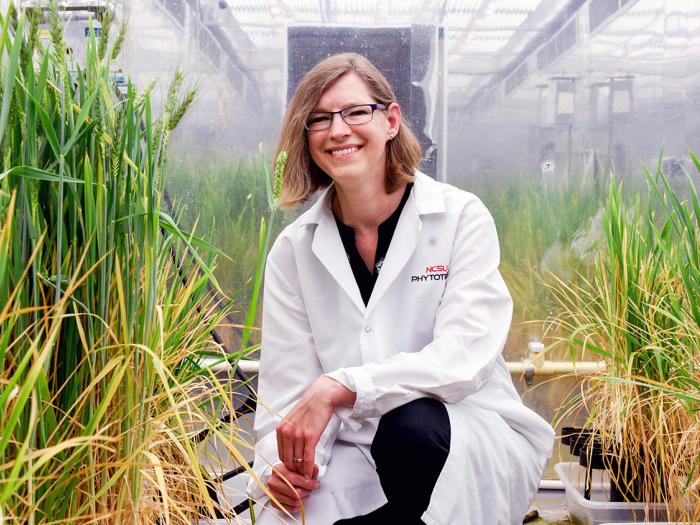News and Events
T-BAS v2.1.1
We are interested in applying population genetic methods to retrace the natural history of fungal populations and species, to identify the origin of invading organisms and to elucidate the population processes that impact fungal genome architecture, particularly as it relates to gene clustering, function and adaptation. We are also developing tools to accelerate the discovery, evaluation, and description of new microbes and to track microbial dark matter – the unclassified sequences that are accessioned in databases for both cultured and uncultured organisms. An important component of this work is developing data standardization techniques to facilitate sharing and validation of multi-source data.


